Home>Garden Essentials>How Many Seeds Does A Banana Have
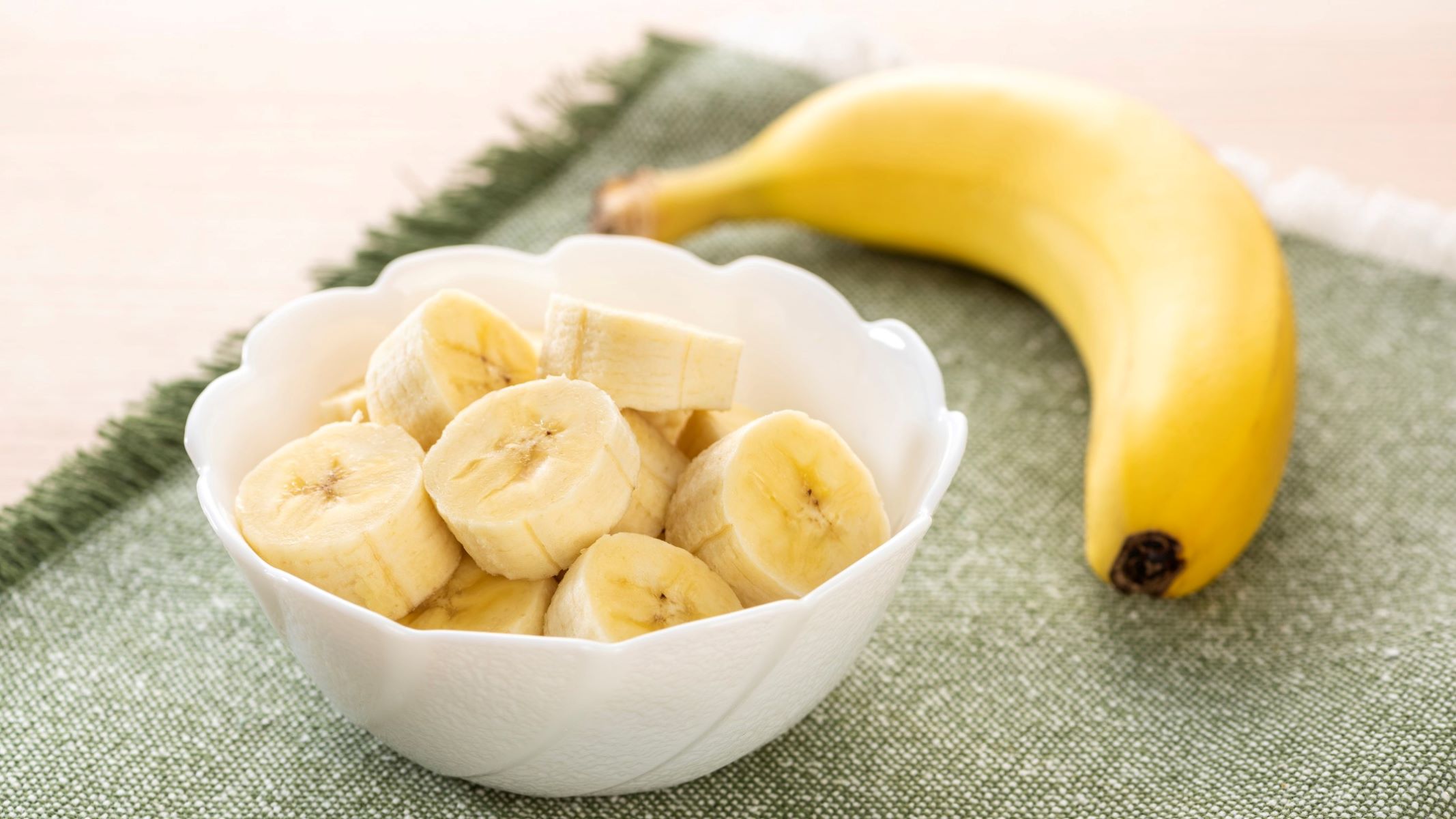

Garden Essentials
How Many Seeds Does A Banana Have
Modified: May 6, 2024
Discover the secrets of banana seeds in your garden with this informative guide. Learn how many seeds a banana has and how to grow your own banana plants.
(Many of the links in this article redirect to a specific reviewed product. Your purchase of these products through affiliate links helps to generate commission for Storables.com, at no extra cost. Learn more)
Introduction
When we think of bananas, we often picture a smooth, yellow fruit with no visible seeds. But have you ever wondered if they truly have no seeds at all? The topic of whether or not bananas have seeds has sparked curiosity and debate among garden enthusiasts and fruit lovers alike.
In this article, we will delve into the anatomy of a banana, explore the concept of banana seeds, and seek to debunk the myths surrounding the presence or absence of seeds in this popular fruit. So, let’s dig deeper and discover the secrets behind the bananas we enjoy on a daily basis.
Key Takeaways:
- Bananas technically have seeds, but they are tiny and often infertile due to selective breeding. The bananas we eat are mostly seedless, but wild and cooking banana varieties may still have viable seeds for propagation.
- The myth that bananas are completely seedless is not entirely true. While most cultivated bananas have minimized or eliminated seeds, they do possess small, underdeveloped seeds. Wild and cooking banana varieties may still have viable seeds for growing new plants.
Read more: How Many Seeds Does A Pomegranate Have
Anatomy of a Banana
Before we can unravel the mystery of banana seeds, it’s important to understand the basic anatomy of this tropical fruit. The banana plant belongs to the genus Musa and is classified as a berry. The outer peel of a banana is thick and protective, while the inner flesh is soft and sweet.
Within the creamy flesh of a banana lies the pulpy part known as the mesocarp. This is where most of the fruit’s nutrients are stored. Underneath the mesocarp, there is a fibrous layer called the endocarp. Together, the mesocarp and endocarp form the edible part of the banana that we consume.
At the center of the banana, there is a tough inner core known as the phloem bundles. These bundles contain the vascular tissues that transport water and nutrients throughout the plant. While the phloem bundles contribute to the structure of the banana, they are not seeds.
Now that we have a basic understanding of the anatomy of a banana, let’s delve into the topic of banana seeds and unravel the truth behind their existence.
Understanding Banana Seeds
When it comes to the seeds of a banana, things can get a little confusing. Most cultivated varieties of bananas, known as dessert bananas, do not have noticeable seeds. However, this does not mean that they are completely seedless.
Unripe bananas, commonly referred to as plantains, often contain small black seeds that are barely noticeable. These seeds are actually the remnants of mature ovules, which are essentially unfertilized or undeveloped seeds.
In wild bananas and some varieties of cooking bananas, elongated and hard seeds can be found. These seeds are viable and can be used for propagation. However, they are usually not found in the bananas we commonly consume due to selective breeding over the centuries.
Bananas are typically cultivated through a process called parthenocarpy, which allows the fruit to develop without fertilization. This process eliminates the need for pollination and seed formation. As a result, most commercially available bananas are seedless or have incredibly tiny seeds that are nearly undetectable.
Furthermore, even if you were to come across a banana with seeds, they are not the type of seeds you would find in other fruits or plants. Banana seeds are not viable for germination, meaning they cannot be planted to grow new banana plants. This is because they are typically underdeveloped or infertile.
Now that we’ve explored the concept of banana seeds, let’s address some common myths and misconceptions surrounding this topic.
Bananas are seedless fruits, so they do not have any seeds. The tiny black specks inside a banana are actually the remnants of the ovary, but they are not viable seeds.
Myth of Banana Seeds
Over the years, a common myth has circulated that bananas do not have seeds at all. This misconception stems from the fact that the majority of the bananas available in supermarkets and grocery stores appear to be seedless.
However, the truth is that bananas do possess seeds, albeit very tiny and often undeveloped ones. The popular belief that bananas are completely devoid of seeds has led to the misconception that they are a prime example of parthenocarpy, a natural phenomenon where fruits develop without fertilization.
Another factor contributing to this myth is the fact that bananas are propagated through vegetative reproduction rather than sexual reproduction. This means that new banana plants are typically grown by taking cuttings from existing plants rather than by planting seeds.
While it is true that commercial bananas, such as the Cavendish variety, have been selectively bred to minimize the presence of seeds, this does not negate the fact that bananas do possess seeds in varying degrees.
It is important to dispel this myth and acknowledge that banana seeds, though often minuscule and underdeveloped, do indeed exist.
The Reality: Does a Banana have seeds?
After examining the anatomy of a banana and understanding the concept of banana seeds, we can conclude that while bananas technically have seeds, they are typically small, underdeveloped, and often infertile.
In cultivated bananas, the seeds are generally reduced to a negligible size, making them nearly undetectable to the naked eye. This has been achieved through the process of selective breeding, which aims to produce seedless or nearly seedless varieties.
However, it’s worth noting that wild bananas and certain cooking banana varieties may still contain more noticeable seeds that can be used for propagation purposes. These seeds are larger and viable, capable of germinating and producing new banana plants.
The reality is that the bananas we commonly consume from the supermarket shelves are primarily seedless due to centuries of human cultivation and manipulation. The focus has been on developing larger, sweeter fruits with minimal seeds, catering to the preference of consumers.
Furthermore, even if you were to come across a banana with visible seeds, they are not suitable for planting and growing a banana plant. Banana seeds require specific conditions and care to germinate, and they are generally not used for commercial or home cultivation practices.
So, in summary, while bananas do technically have seeds, they are typically small, underdeveloped, and often infertile. The popular belief that bananas are completely seedless stems from the fact that the majority of cultivated varieties have minimized or eliminated seeds through selective breeding.
Next time you enjoy a deliciously sweet banana, remember that there is a hidden world of seeds within its humble exterior, even if they are not readily visible to the naked eye.
Read more: How Many Seeds Does A Dandelion Have
Conclusion
In conclusion, the topic of banana seeds can be a source of confusion and misconceptions. While bananas do have seeds, they are typically small, underdeveloped, and often infertile in the cultivated varieties we commonly consume. The myth that bananas are completely seedless has gained traction due to the selective breeding process that aims to minimize or eliminate seeds.
Understanding the anatomy of a banana helps us grasp the concept of banana seeds. The pulpy mesocarp and fibrous endocarp are the edible portions we enjoy, while the tough phloem bundles provide structure to the fruit but are not seeds. Unripe bananas, known as plantains, may contain tiny black seeds that are remnants of undeveloped ovules.
It’s important to recognize that bananas have not always been seedless. Wild bananas and some cooking banana varieties still possess larger, viable seeds that can be used for propagation. However, these varieties are not commonly found in commercial settings.
The reality is that bananas, as we know them today, have been cultivated to enhance their desirable traits, such as color, taste, and texture. Selective breeding has led to the development of seedless or nearly seedless bananas, aligning with consumer preferences.
So, the next time you peel a banana and revel in its sweet flavor, remember that there are seeds present, even if they are not readily visible. The absence of noticeable seeds is a testament to human ingenuity and the remarkable process of selective breeding that has shaped the bananas we enjoy today.
Let us appreciate the intricacies of this tropical fruit and savor its deliciousness, knowing that beneath its smooth exterior lies a fascinating world of banana seeds.
Now that you've unraveled the mystery of banana seeds, why not turn your attention to sprucing up your garden's boundaries? With creative and practical ideas waiting for you, our guide on garden fence designs will surely spark your imagination and help you choose the perfect barrier to complement your outdoor space. Whether you're looking for privacy, style, or a bit of both, these fencing solutions are designed to meet various gardening needs and aesthetic preferences.
Frequently Asked Questions about How Many Seeds Does A Banana Have
Was this page helpful?
At Storables.com, we guarantee accurate and reliable information. Our content, validated by Expert Board Contributors, is crafted following stringent Editorial Policies. We're committed to providing you with well-researched, expert-backed insights for all your informational needs.
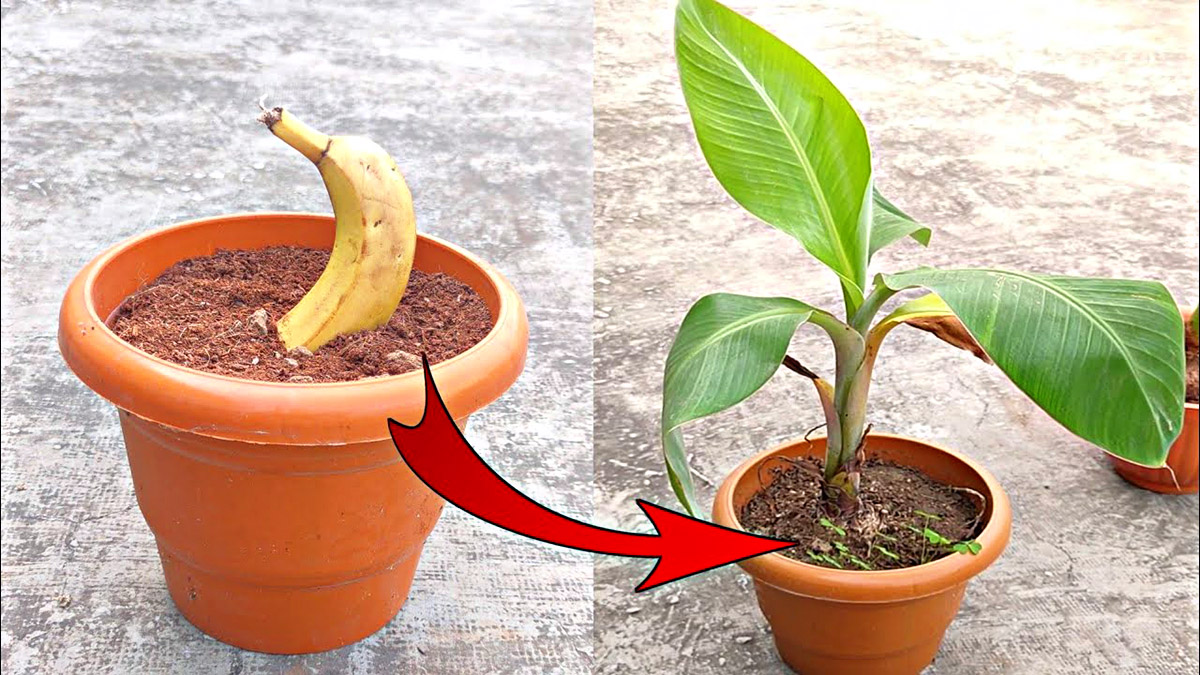
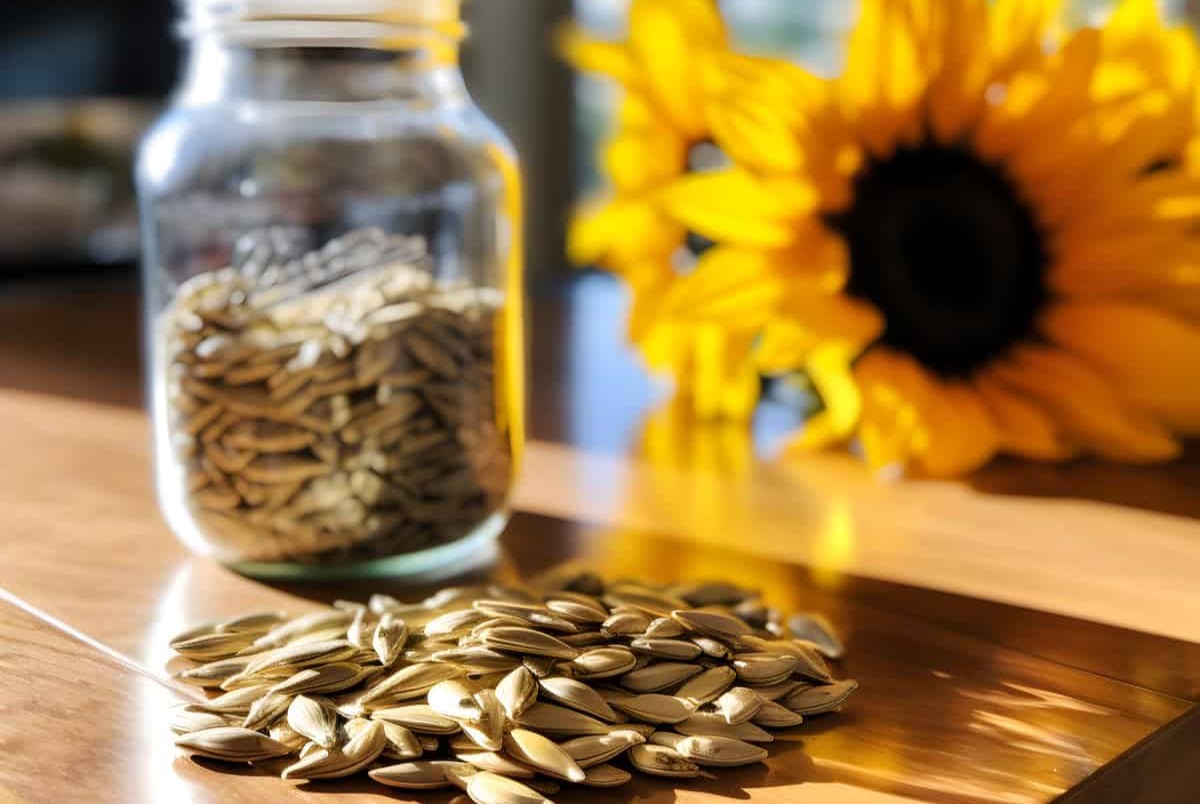
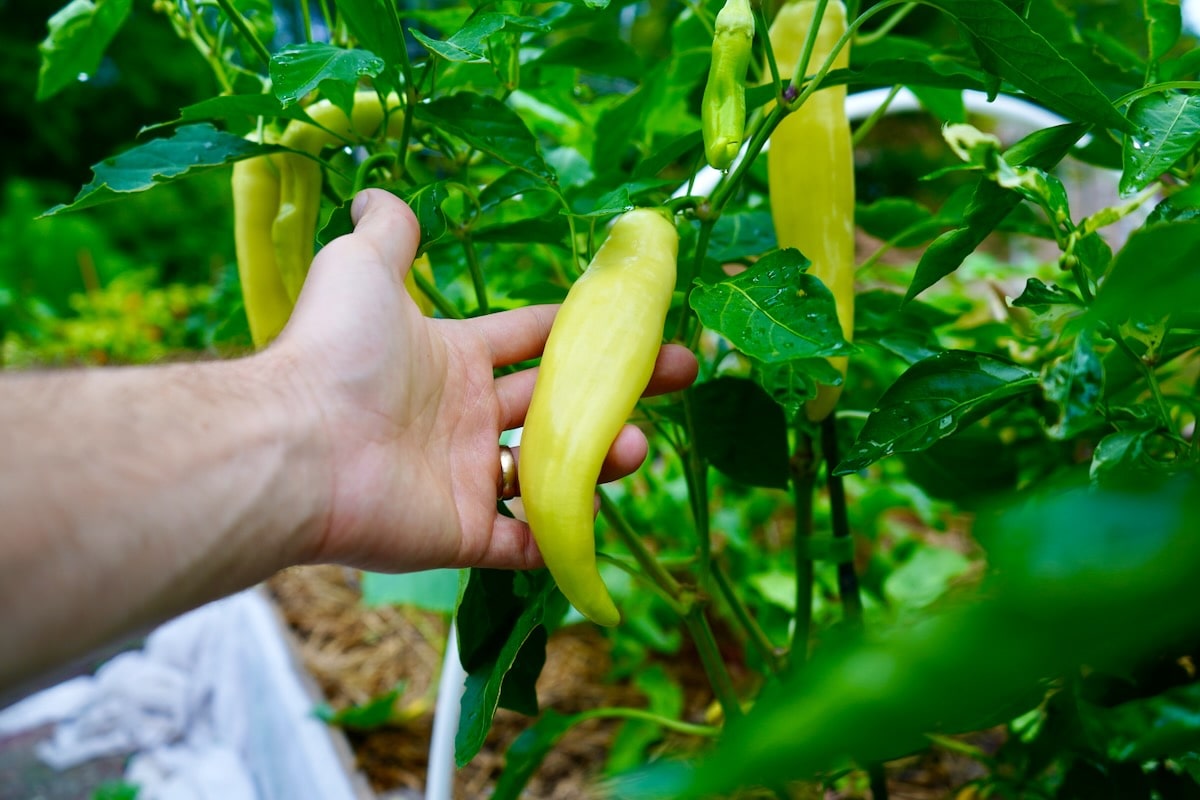
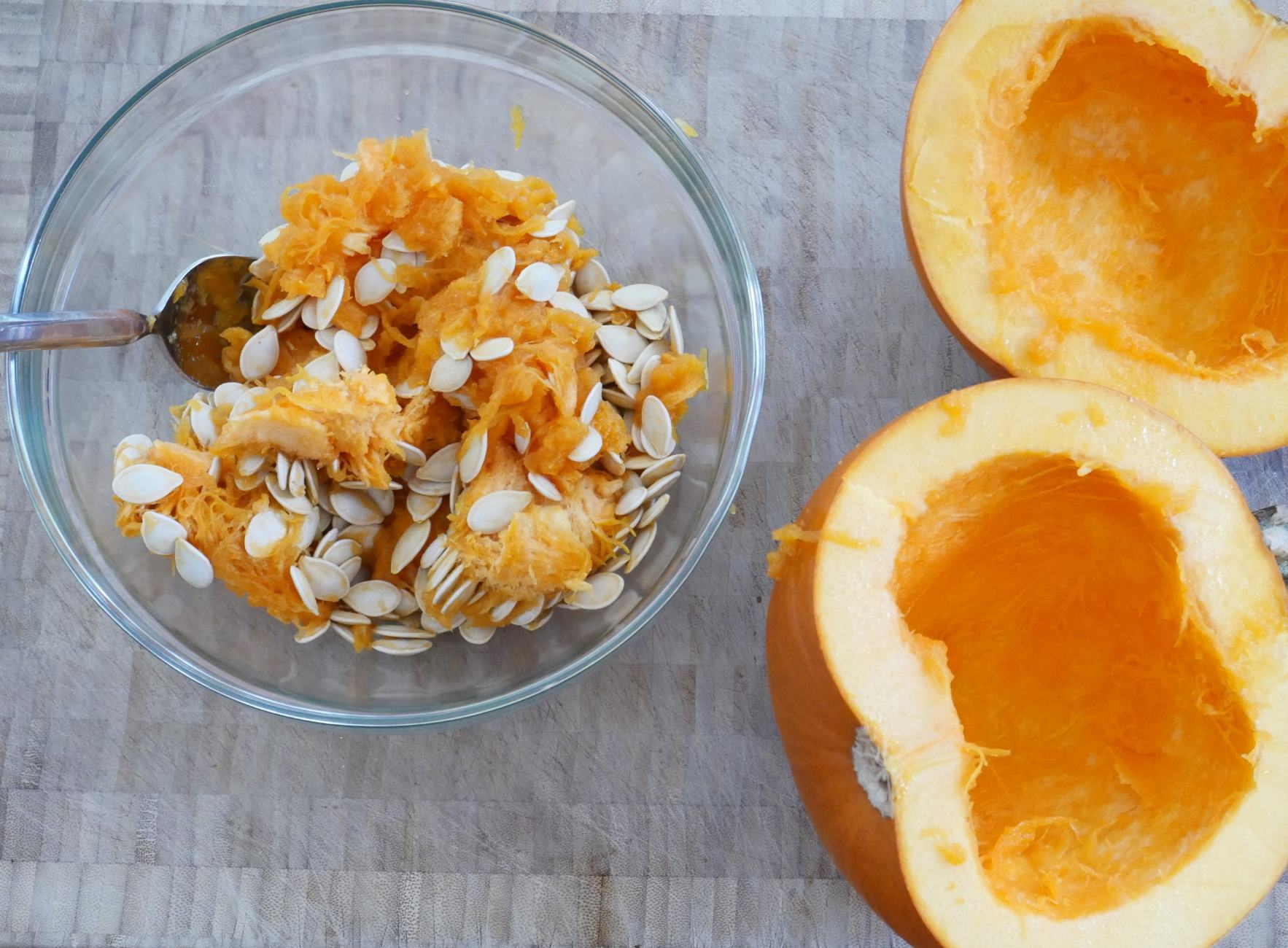
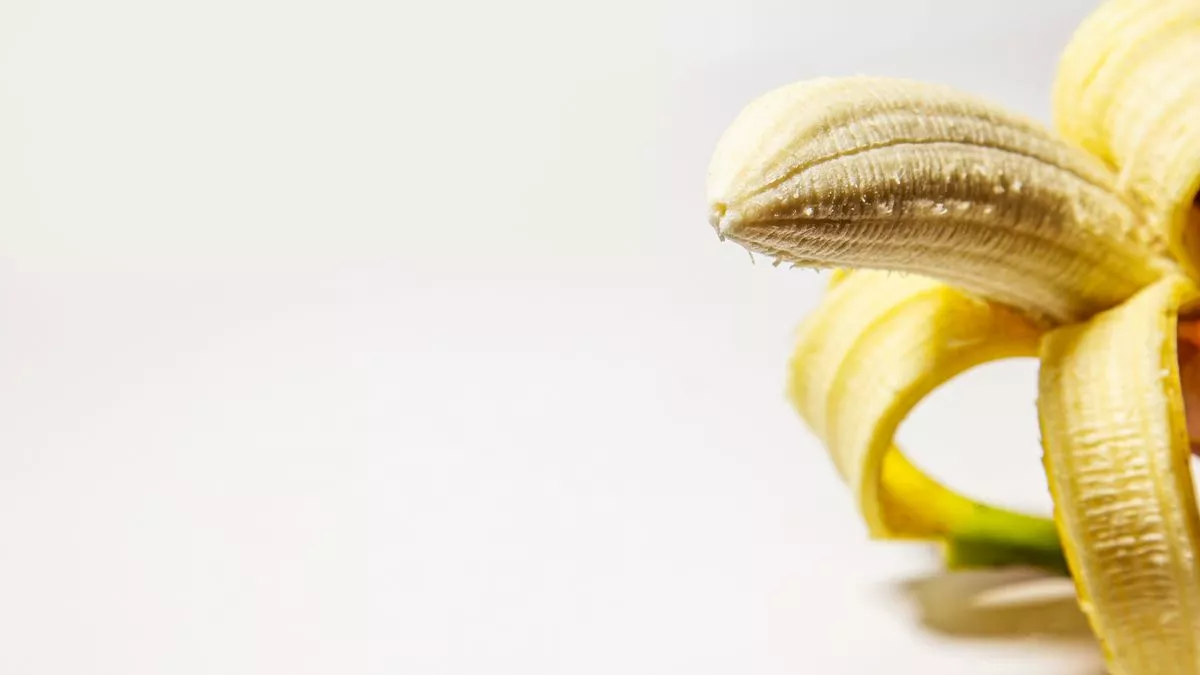
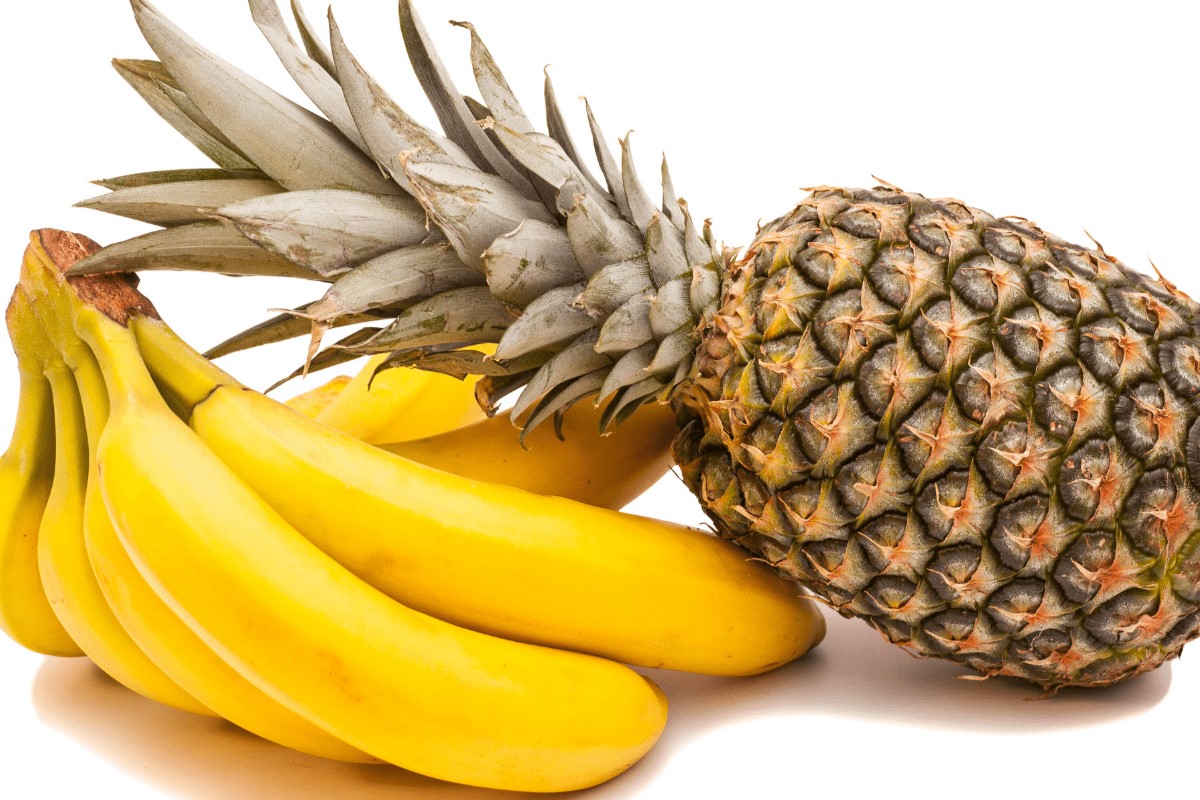
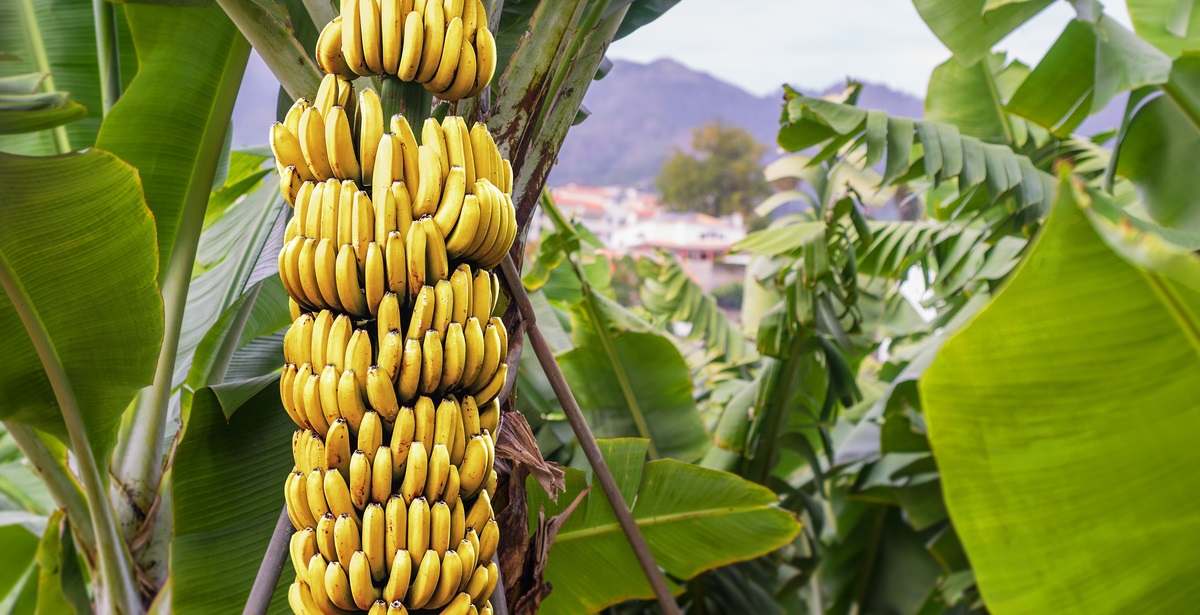
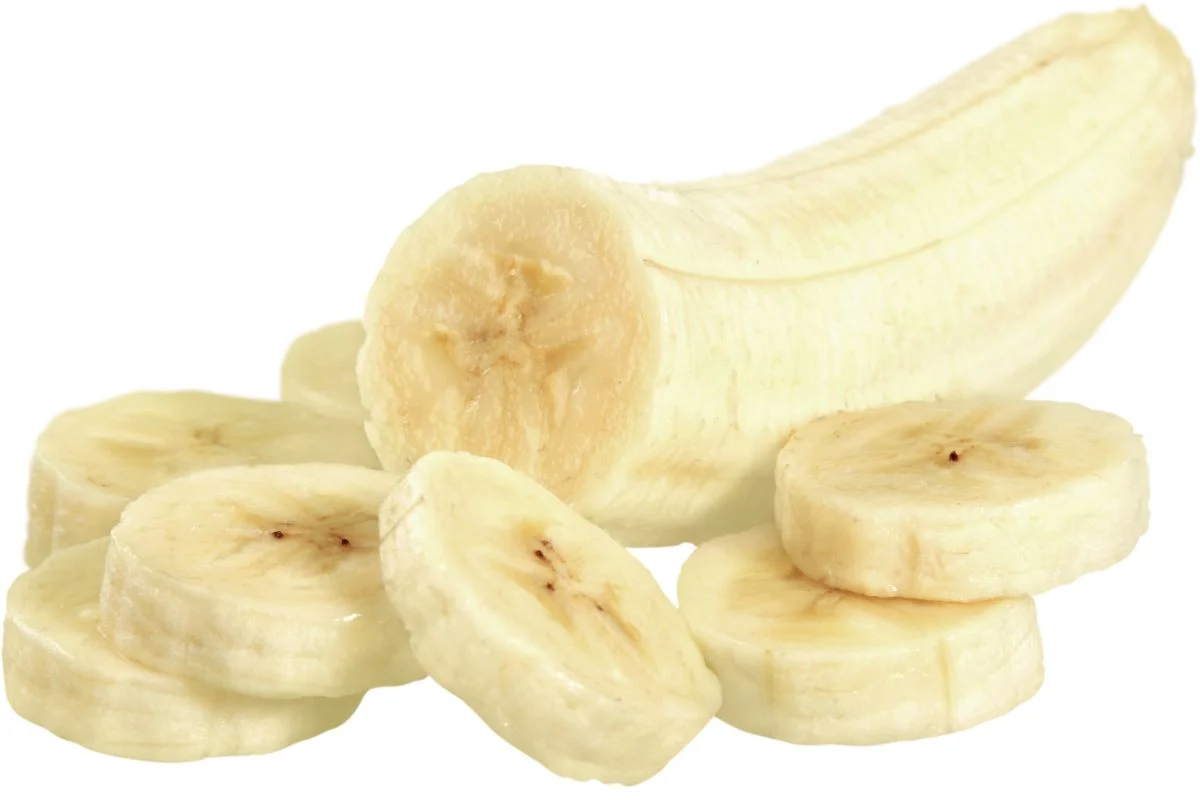
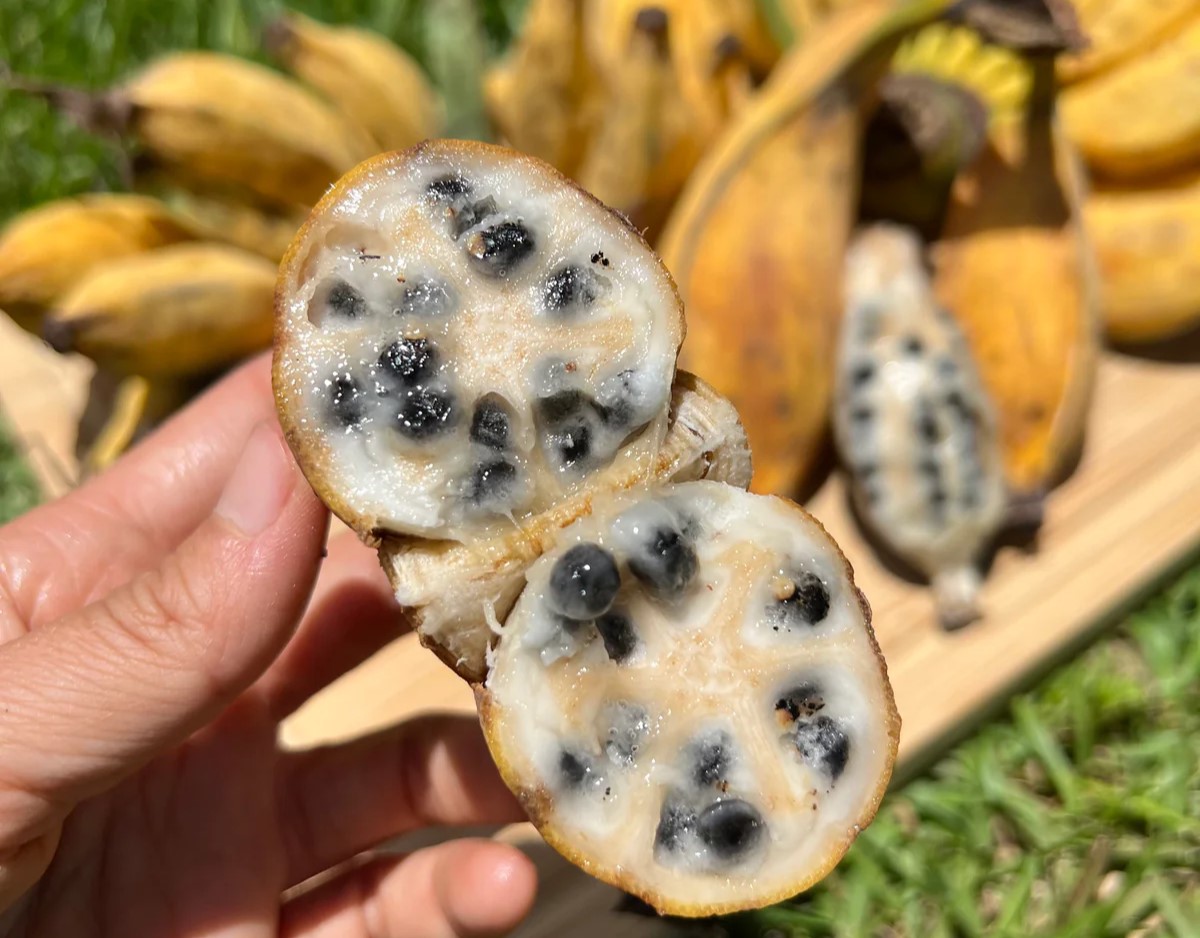
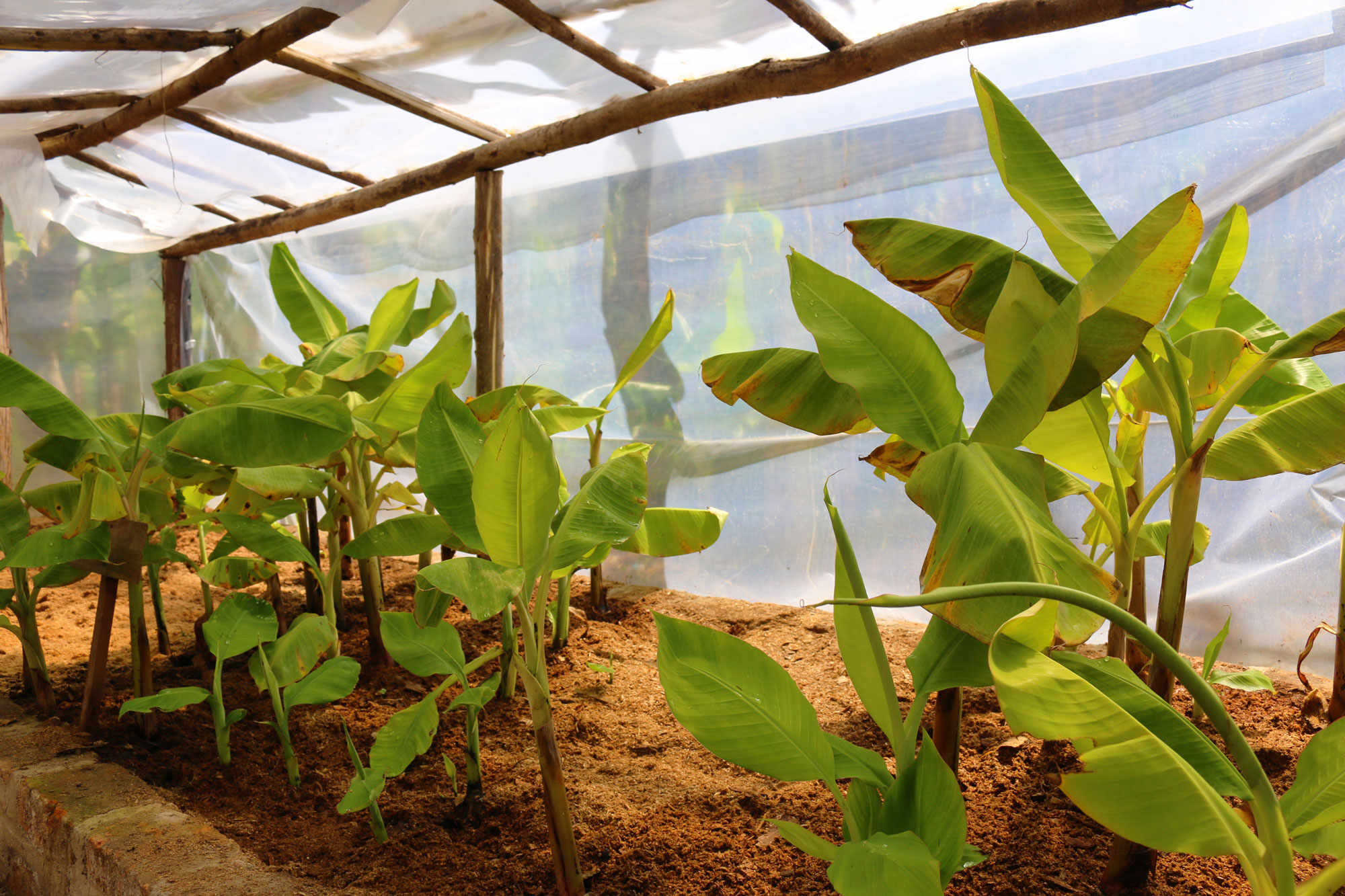

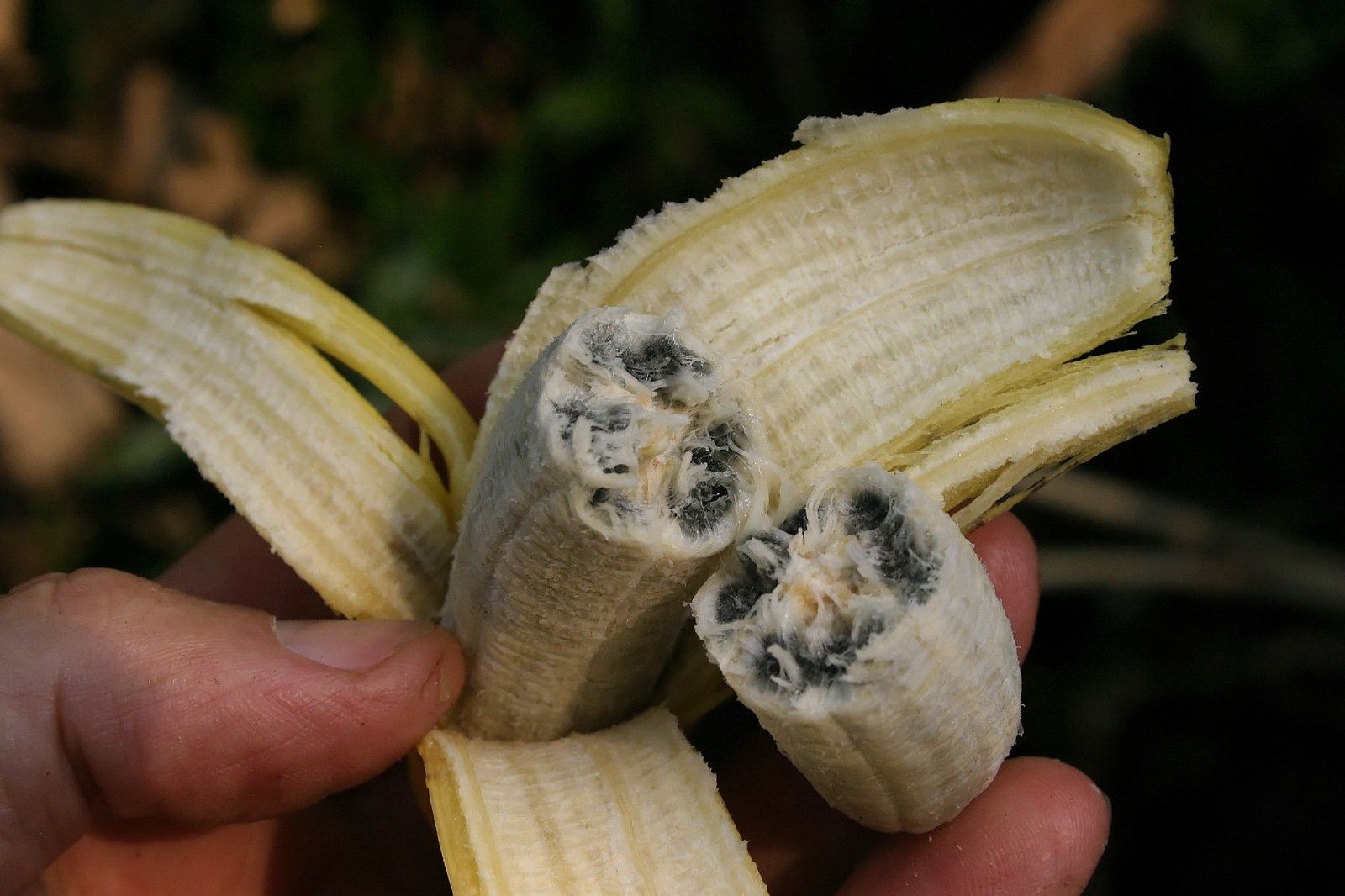
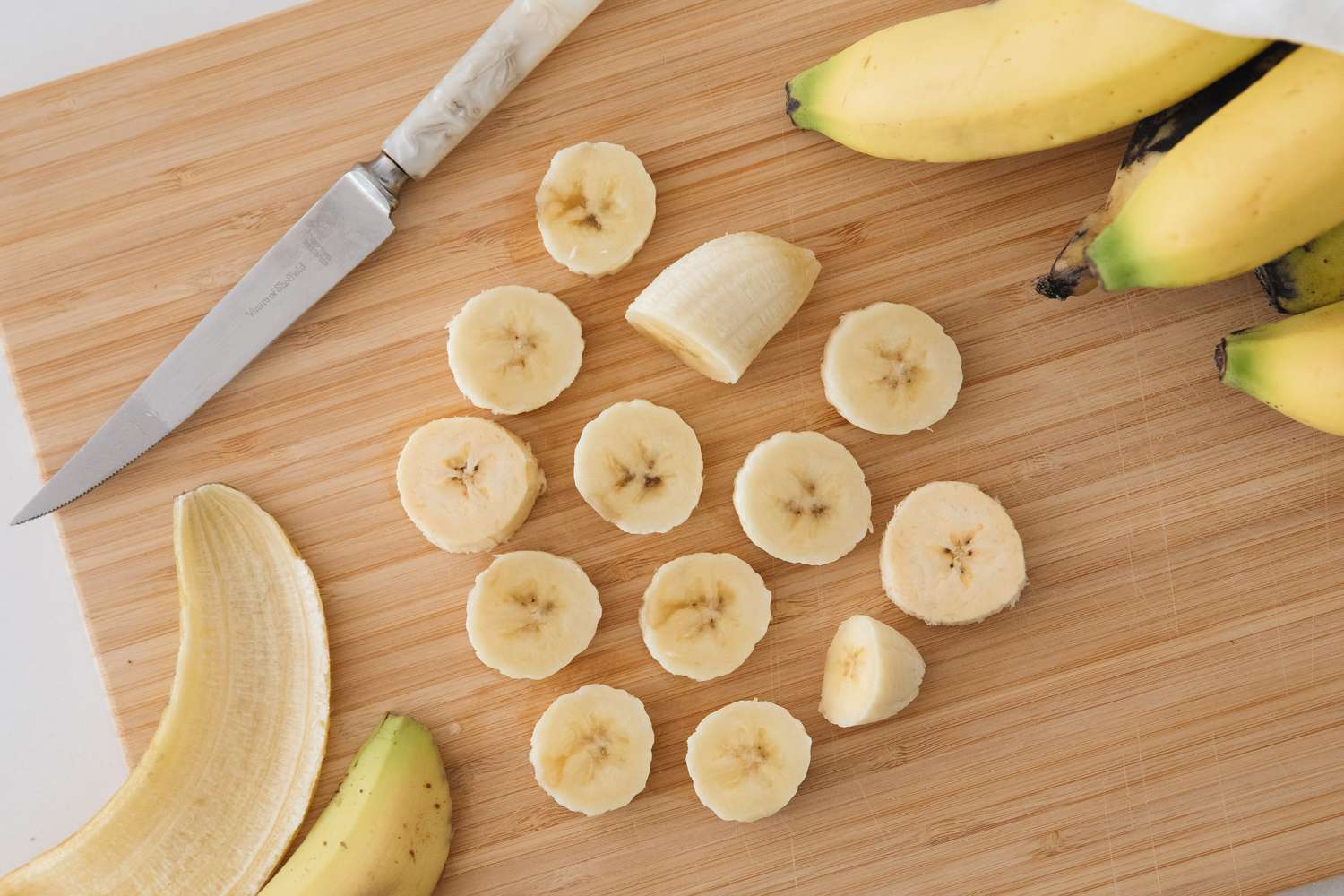
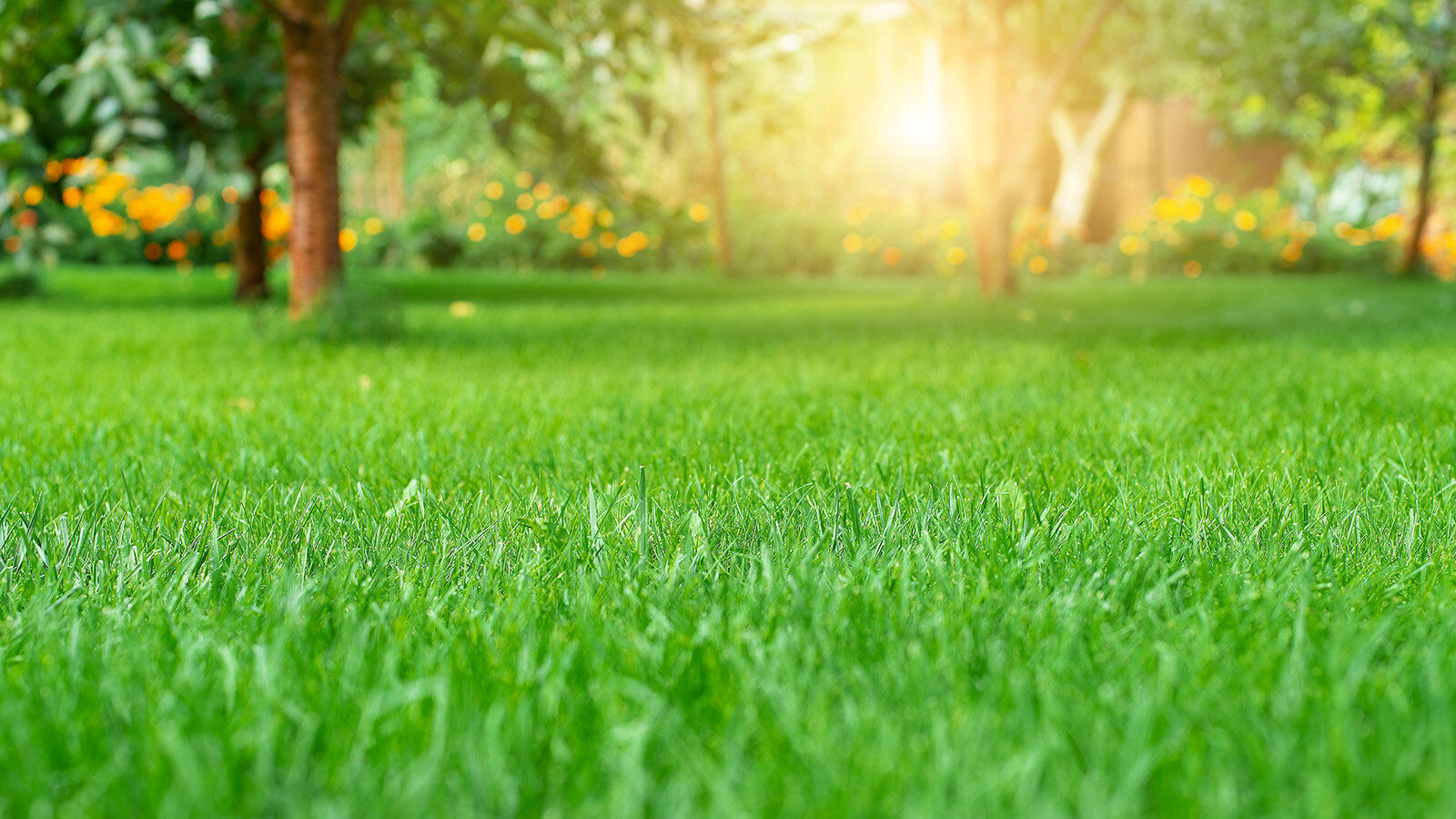

0 thoughts on “How Many Seeds Does A Banana Have”